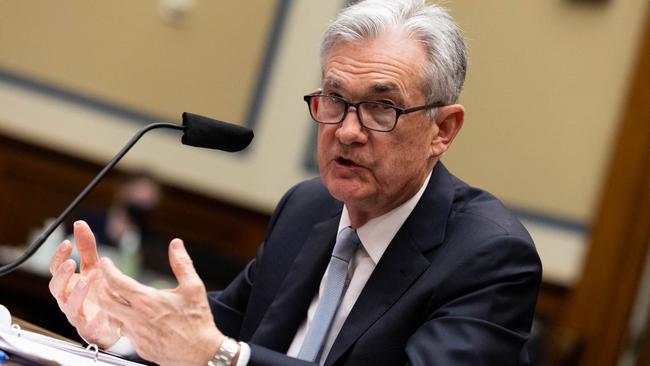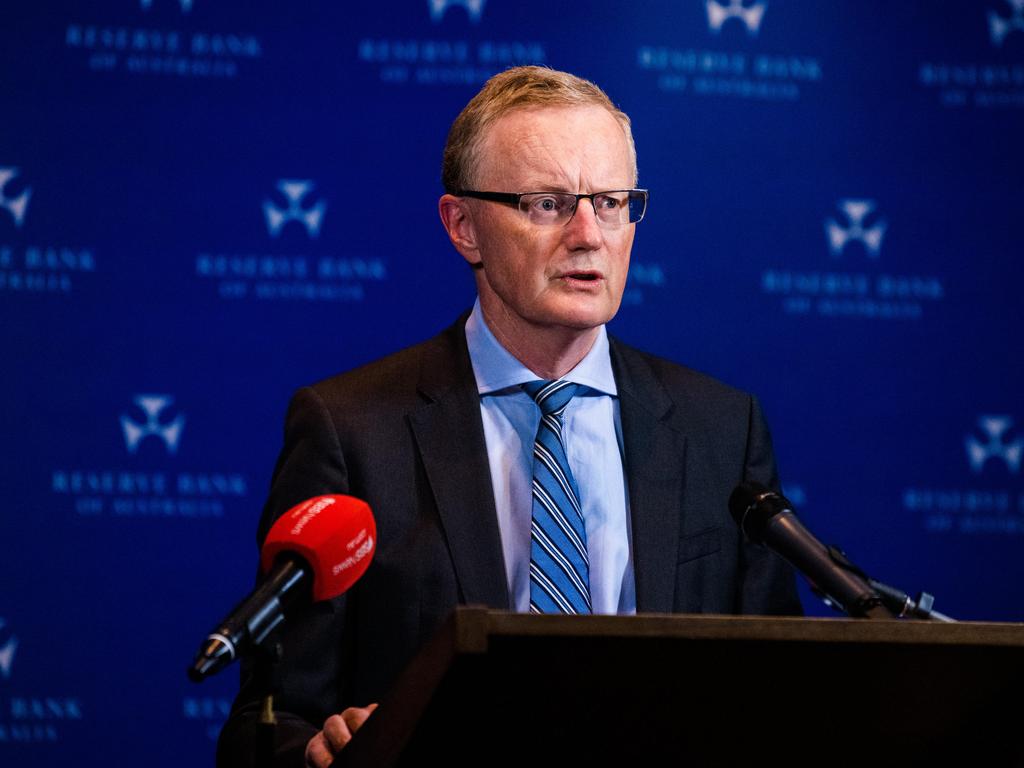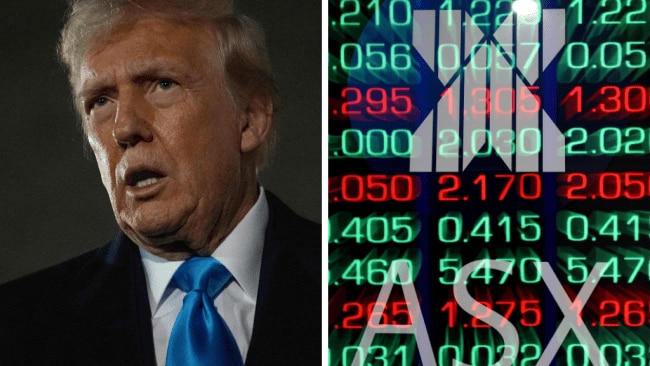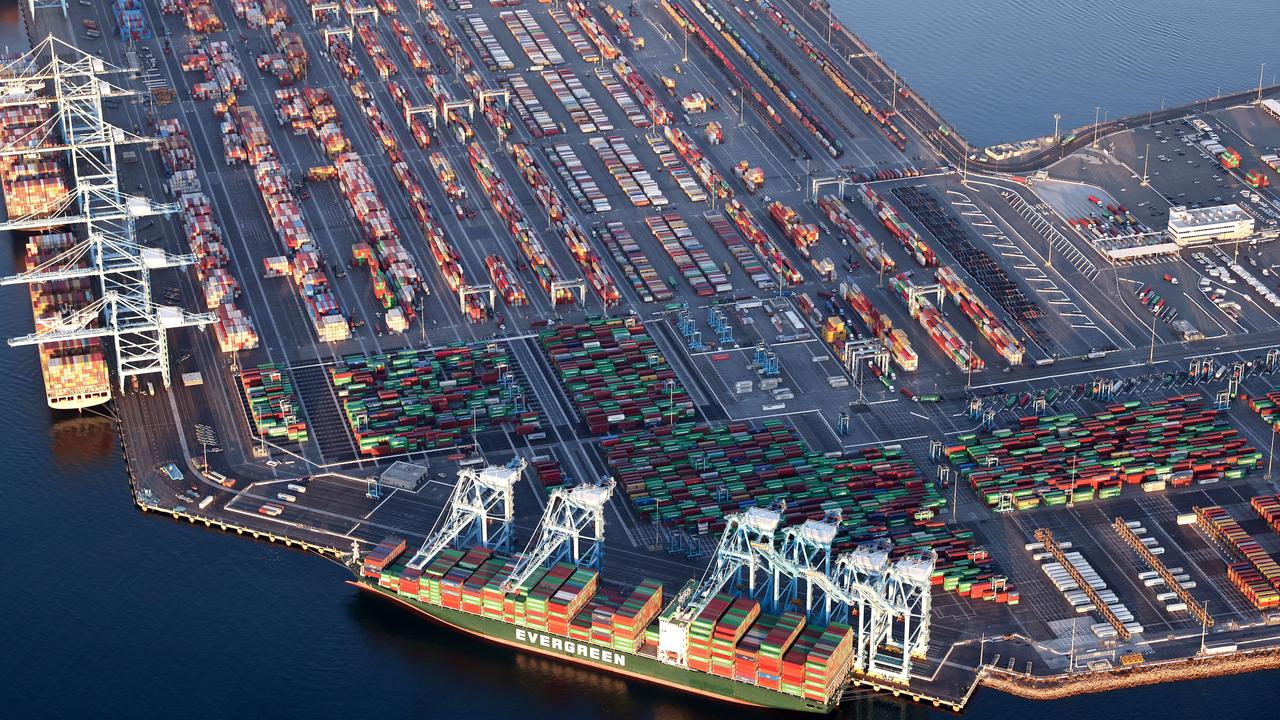Brace for volatility as punchbowl is withdrawn, says economist Tim Toohey
Investors should brace for volatility and drawdowns in risk asset markets as central banks start to withdraw the monetary punchbowl.

Investors should brace for volatility and drawdowns in risk asset markets as central banks start to withdraw the monetary punchbowl, one of Australia’s leading economists has warned.
After another strong quarter for risk markets as equities and commodities took their cue from booming global economic data, lower bond yields and central banks attempting to reassure markets that the rise in US inflation is an aberration, the recovery of global growth and asset prices has simply been “too good to pretend that existing policies are still appropriate”.
So much so that the Reserve Bank has flagged a modest tapering of its pandemic-era bond buying.
But as much as what the Reserve Bank does will excite domestic markets from time to time, the financial markets care far more about what the Fed utters on its plans over the coming months, according to Yarra Capital Management’s head of macro and strategy, Tim Toohey.
Mr Toohey said the increasingly vocal group of prominent Federal Reserve governors who had broken away from chairman Jerome Powell to call on the world’s most powerful central bank to start tapering its massive $120bn-a-month quantitative easing program were “not really speaking out of school”. He saw it as “part of the process of manipulating market expectations”.
The “magic of central banking” is that officials start talking about tapering their stimulus well in advance of doing anything, giving markets time to adjust, so that by the time policy support is actually reduced, it is all in the price, or that is the theory.
The Fed is one of the best in the business. The S&P 500 fell just 7.5 per cent after then chair Ben Bernanke first mentioned in testimony before congress on May 22, 2013 that the Fed may taper, before actually spelling out his plan on June 13 to start tapering in September that year.
But the start of tapering at that time was subsequently delayed until 2014, after the US 10-year Treasury bond yield surged from 1.62 per cent to 3 per cent within four months.
Mr Toohey said investors should be cynical about the Fed’s ability to pull it off this time.
His base case is for another taper tantrum, causing a “reasonably sharp drawdown once the likelihood of actual tapering is in view, with the aim of trying to force the Fed to reverse course”.
But the Fed could well “shift tack” again and make the argument that it really doesn’t need to taper much at all, said Mr Toohey, previously chief economist at Ellerston Capital and before that at Goldman Sachs in Australia.
That would involve the Fed “doubling down on the argument that it’s all about the levels of bonds owned by central banks and not the pace at which they buy them”.
Having looked at the evidence on that point, he was “thoroughly unconvinced”.
The other argument the Fed could roll out is that in “the new monetary world”, quantitative easing would be a “permanent feature of policy”, so any tapering could be modest.
But the “sting in the tail” was that policy rates would be likely to rise sooner in that scenario.
“Markets may well rejoice temporarily about a world of QE forever, but the sting in the tail would be that US rate hikes are coming much sooner than 2023,” Mr Toohey said.
In his base case, there would be a spike in volatility across markets in the September or December quarters and a “drawdown” or significant fall in risk assets.
The S&P 500 has almost doubled since its post-Covid low in March last year. It hasn’t dipped more than 10 per cent in that time with very few dips of more than 5 per cent. S&P 500 volatility hit a post-Covid low near 14 per cent last month.
Meanwhile the US 10-year bond yield hit a five-month low of 1.328 per cent this week.
A drawdown in the next six months “would probably actually be helpful for the longevity for the economic expansion as risk assets recalibrate back towards those fundamentals”. But under the alternative scenario, the market drawdown may be delayed another quarter or two.
“However, an early rise in rates would merely risk a bigger drawdown relative to the base case,” Mr Toohey said. “Frankly, a spike in volatility sooner might help realign the risks with the economic reality and just be that healthy development.”
In his mind, the current resurgence in consumer spending would continue because of the savings buffers that households had accumulated during the pandemic and their unexpected wealth from a remarkably strong labour market and sharply recovered dividend income receipts.
But the threat of sustained US inflation was real, with US unit labour costs consistent with US inflation being greater than 2.5 per cent for more than 12 months.





